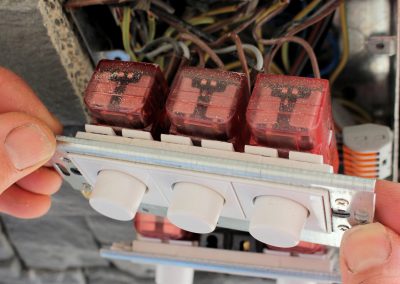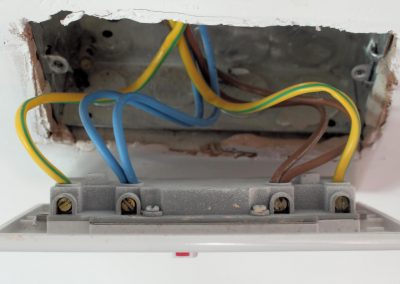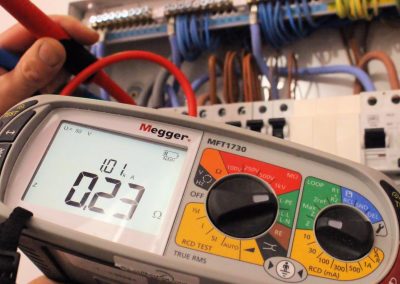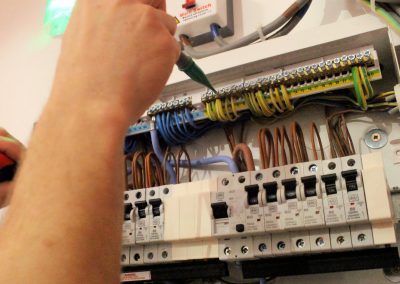Rewiring
Domestic wiring should be tested every 10 years and every 5 years for the older colour coded wires. As your house ages so too does your wiring. You may not realise this as it is hidden behind your walls and internal decoration. However, it is vital to be familiar with your own wiring.
Rewiring involves replacing some or all of the electrical wiring in the house, this can be known as a partial or full re-wire. There are a range of reasons why you may need to do this. If you think the wiring in your house is older than 25 years, it is important to get it checked. You may have added the newest technology into your home but has the wiring been updated with it? There is a chance that it may need upgrading and conforming to current standards. The building must be up to date with BS7671, amendment 3. If the wires in your home are still the old red and black they may need to be tested for insulation resistance as the life span is roughly 25 years. The new wiring consists of brown, blue and yellow and green for earth.
If you are undertaking major modernisation or renovation of your home to building regulation standards you will need to upgrade some or all of your wiring as well as upgrading the consumer unit. Major works, for example; an extension or loft conversion this is seen as new works on your home and all new wiring will need to conform to Part P, electrical building regs. If you are finding that your RCD is constantly tripping or a fuse is blown, your electrics are trying to tell you something. Get it checked to find out what the fault is, it could be something minor or it could be warning you about something a lot more serious that’s just waiting to happen. Loose connections or overloading can cause a fire. An electrician can undertake an electrical and inspection test which will indicate whether a re-wire is required. If it fails, then a rewire is needed.




